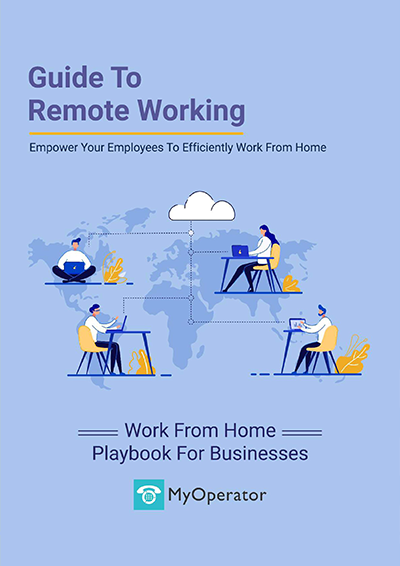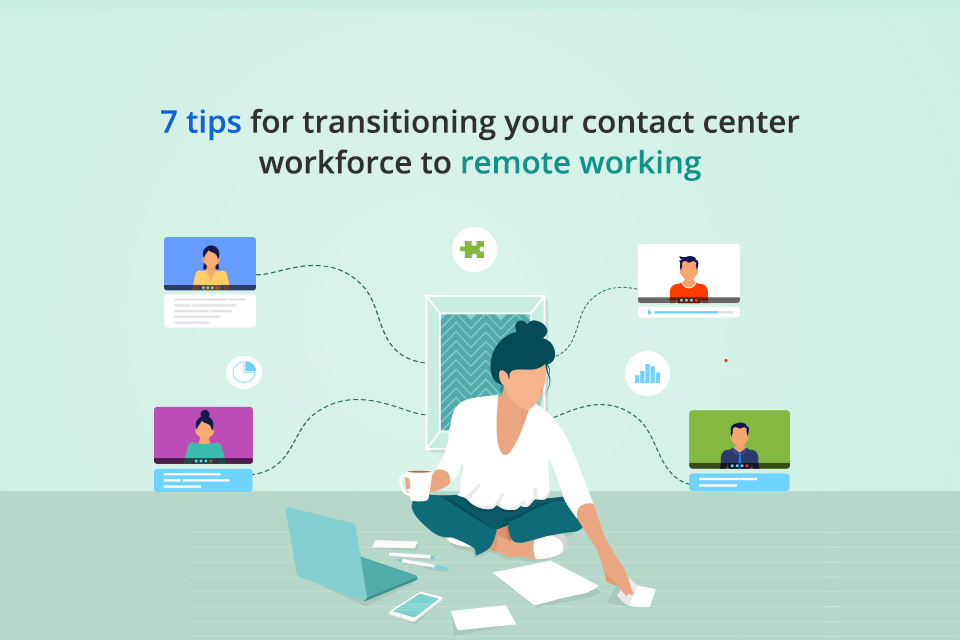Slowly but surely, many businesses are switching up their flexibility to allow employees to work from home. It has become immensely popular due to the global pandemic as it is the only possible way for many companies that want to stay active while ensuring safe social distancing protocols. However, the fact is that the change has been in motion long before the global lockdown started. In the past five years, work from home options increased by a hefty 40% total. Such high numbers are indicating a leap in how the world thinks of day jobs.

It is no secret that a lot of people hate to be confined in offices. The commute is oftentimes an ordeal in itself, and a variety of other factors can add up to make the office experience draining. The global pandemic forced a lot of people to transit to remote work, and simultaneously it raised a pertinent question. Is working in an office beneficial, or has it just become a stale concept we adhere to, mindlessly? The numbers show that employees are more productive when they are allowed to put in their hours from the comfort of their own homes. How does it matter if they enjoy a fun round of Eye of Horus tricks in between calls, or take the liberty of working in pajamas if they still manage to deliver what needs to be done in their job? If flexible work options encourage the happiness and health of employees, then it seems like it is the progressive way forward for the contact center industry too. To get you started, I will outline the 5 best practices on how you can transition your on-site contact center agents to remote positions successfully.
Let’s get started.
How to transition your contact center workforce to remote positions

Set up a cloud-based call center
The first step to move your contact center workforce from office to remote is to get cloud call center software for your business. Using a cloud call center, your sales and support reps will be able to manage all business calls on the cloud, while working from home or any other location of their convenience.
While migrating to a remote call center can seem to be a daunting task but it is very easy and the entire process can be completed in a few minutes. This is because remote call centers are hosted on cloud and need no hardware installation. Cloud call center providers like MyOperator offer cloud call center setup within 24 hours and empower remote teams to handle calls using their smartphones, tablets, or PC. This mobility is indeed a prerequisite for a smooth transition of contact center agents to remote positions.
Manage customer calls anywhere with cloud call center solution
Empower your sales and support teams to work remotely with MyOperator cloud call center solutions integrated with powerful cloud telephony features.
Adjust work policies
First and foremost, you need to update your work policies to manage remote workers efficiently. This requires you to gauge what you expect from your employees when they are working remotely. While making a remote working policy, you want to address these queries:
Productivity: What will you use to keep track of your team’s productivity levels during work hours?
Tools: Which remote working tools will be used to communicate with your team and clients, and how will they be able to talk with each other?
Availability: When will your employees have to be online? Will they need to adhere to specific hours, or will they be able to make their own schedules?
Data Management: How will your team be able to share documents efficiently and safely? And how will you securely manage your entire data online?
In March 2020, our entire team at MyOperator an IVR service provider switched to remote working. All with 2 days of planning! Here is our WFH story that—we think— you’d love to read and get some WFH tips along the way: Easy work from home process implementation by MyOperator [Story].
Update your recruitment criteria
Transitioning to a remote contact center workforce will require you to rethink your hiring policies. The specifics also depend on whether you are aiming to build a team, or if you already have one. Working from home requires a different skill set compared to working in an office. In remote working, things like self-motivation, team communication, and trustworthiness become the focal points that ensure your team is set for achieving great results. Allocated responsibilities have to be fulfilled without the intense type of supervision that happens in an office building.
While managing your business with a remote call center team, you want to be able to know that your team has your back, that you can rely on them to do their best, and that they are productive on their own watch. In light of the needed remote working qualities, previous experience in a contact center may not be as important when hiring new people, but their overall responsibility and skillset will become a major factor for consideration. Once you get your application process on point, the right people will be bound to come in. Your continuous efforts will be worth the wait as you will be rewarded with fitting candidates.
Get the remote working tools
A remote working model carries some risks with it. Managers have to really be diligent with their duties, or you may see that your team communication and collaboration efforts will become inefficient due to a lack of direction. Someone has to keep track of the whole operation because it requires quite a bit more effort to launch the new model smoothly. Choosing and implementing the right tools to make communication, tracking, and collaborating effortless will be of the essence.
So, while shifting your call center team to remote working, make sure to select the right set of remote working tools to set up your team for success.
Also, keeping things organized is crucial to have a contact center run well remotely. Ideally, you want communication and file sharing to be performed in a pre-planned fashion. Cloud-based contact center and online project management tools will be of great help in these regards. Those can keep deadlines in place, allow employees to share files efficiently, and give you a simple and accessible view of ongoing projects. Asana and Trello are some of the most commonly used management tools. For file sharing, Google Drive and Dropbox are excellent choices.
Maintain productivity
Keeping the productivity of your team high requires sufficient trust in your employees. However to stay on track, deadlines and project goals should be set up by managers, and these ought to be adhered to maintain discipline. How much leeway you grant will be up to you. In case excellent results are paramount for you, then you can implement time-tracking tools like TimeDoctor, Timesheets, or Toggl. They let you monitor how long it takes your workers to complete a given task, as well as see when a work computer stays idle for excessive amounts of time.
Ensure data security
Nowadays malicious attacks by hackers are getting increasingly common. In case your employees will have to handle sensitive client data, you want to make sure that certain security policies are in place. Whenever your employees log into the company’s system, they should use complex passwords. Other than that, anti-malware and anti-virus software should be installed on all work computers. If you have the funds, dedicated work computers that only get used for professional purposes are a great idea. However, in the case that employees will be using their private systems, security becomes an important concern. Every employee should be aware of data security issues, how to avoid phishing, scams, and malware. Also, when connecting through a public network, Virtual Private Networks (VPN) should always be used by your workforce.
Maintain one team spirit
By going remote, a notion of everybody for themselves can become the new norm. Try to maintain the feeling of unity amongst your staff as it will keep a team spirit going. Even if you only set up weekly or monthly Zoom meetings, it will be better than nothing. You could encourage employees to attend those by organizing raffles, giving away prizes, and churning out bonuses. Remote work does not have to be isolating, and a feeling of belonging to a group can act as an ongoing emotional encouragement.
Conclusion
I hope that you gained insight into what crucial things need to be covered when moving your call center executives to a remote position. All in all, it is a great solution for contact centers during the pandemic. Perhaps it will stick and you will be inclined to keep such a business model for the future. It is known that 90% of people who start working remotely never want to go back to being in an office for the rest of their career. Not having to maintain an office building will also save you a lot of money that can be reinvested in your business. That sure sounds like a win-win situation.
BTW, have you been working remotely or thinking to switch? Let us know what you think about remote work? Please leave your thoughts in the comments section below.


